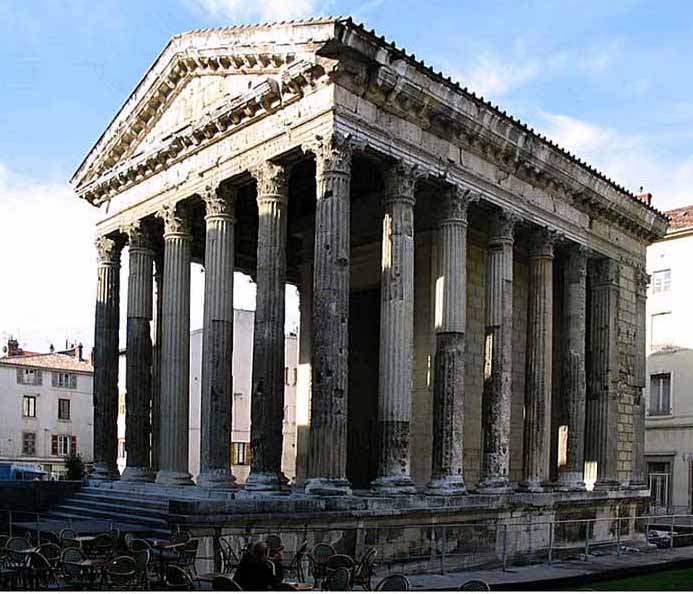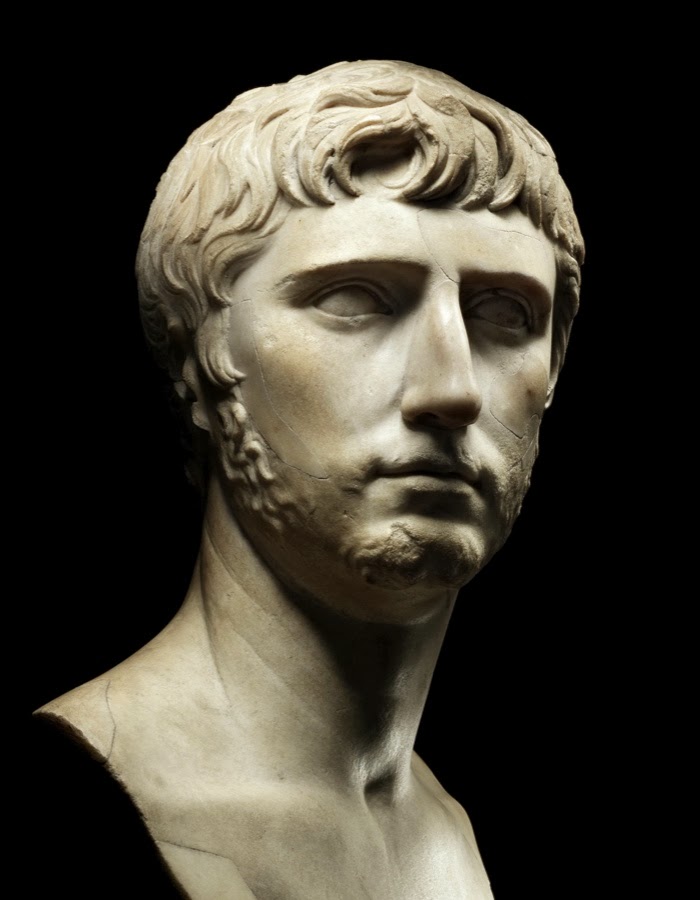
This principle permitted the Roman Republic to integrate deities of conquered enemy nations into the roman religious system. They come from the middle republic (except temple B) – a time, in which Rome pursued the principle of evocatio. Interpretation and theory concerning cult-worship on the Area Sacraįour sanctuaries (A to D from north to south) were aligned east along a grid of the old saepta (predecessor building to Saepta Iulia ). Map of the sacred area of Largo Argentina, in Rome. (The counter-example on this matter would be the Porticus Metelli ) There never existed a shared, revolving porticus around all four temples. Not until erecting building complexes in the north and west, was the sacred district encompassed architecturally. The date of origin of these buildings gives a crucial hint to archaeologists: Area Sacra experienced a structural development from being some kind of passageway on the Field of Mars, to constitute an enclosed square. South: Circus Flaminius (221 BC), Theatre of Balbus (13 BC)Įast: Porticus Minucia Frumentaria (107 BC) North: Hecatostylum (First century BC – burned down in 274 AD) & Thermae Agrippae (19 BC) If we look at the details, we could uncover remains of secular buildings at the edge, dated between third and first century BC. On the Area Sacra reside remains of four temples, all which were once part of the central Field of Mars ( Campus Martius ). (CC BY-SA 3.0) Topography of a sacred temple-district Cats scrimmage there day and night, hunting down mice in between decayed ruins. The temple-district has become a popular cat sanctuary now. Before that date the archaeological area was closed and access was granted only for a few experts. Area Sacra was opened to tourists only since 2013. The term deals with the square and its sanctuaries alike. The Area Sacra in Rome could be called a sacred district. At that time, it was located in Germania Superior. The term Argentina descends from the latin word Argentoratum and stands for an ancient roman city of a former barbaric tribe called Vangiones, which happens to be the city of Strasbourg nowadays. 150,000 fled for their lives, but were slaughtered by Julius Caesar army, bones reveal.

Archaeologists uncover ancient Roman cult temple.Today it is one of the congested places in the city. It emerged 1909, when a square had to be erected in the old town of Rome. Antiquity, middle ages and modern times come together in this name: Largo Argentina describes a modern plaza at the urban quarter of Pigna. Location of the Area Sacra in Ancient Rome.Ī well preserved temple-complex called Area Sacra di Largo Argentina is located only steps away from the Curia Pompeia. But these remains are not by far the only extraordinary things which can be found at this heritage site. It suggests there may be some valid points to the theory that Caesar found his end near or in the Curia Pompeia. It is handed down that Julius Caesar was killed at the feet of this statue, but modern research reveals there’s more to the story.

It is now in Villa Arconati a Castellazzo di Bollate (Milan, Italy). The adjacent Curia Pompeia was transformed into a memorial chapel at that time and Augustus had the statue of Pompey removed from the meeting hall. ( Public Domain ) A discovery at the feet of the Curia Pompeia could mark the exact spotĪ 3 by 2 square-meter- (32 by 21.5 square-foot-) -large construct made out of a predecessor of today’s cement ( opus caementitium ) was erected here by Caesar’s nephew and successor Augustus, years after the incident, to condemn the assassination. But how can we be sure of that?Īssassination of Julius Caesar, Jean-Léon Gérôme. Most antique sources point out that Caesar’s stabbing to death took place somewhere between the theatre or Curia of Pompey and the Hecatostylon (hall of one hundred columns).

The agitation of Roman senators like Gaius Cassius Longinus and Marcus Junius Brutus set the historical background for this event. Four years ago Spanish researchers of the Institute of History of the Center for Humanities and Social Sciences (CCHS-CSIC 2012) localized the supposed place of the murder of Gaius Julius Caesar by a sensational finding on the Largo di Torre Argentina, right in the middle of the heart of the city.Ĭaesar was murdered by his political opponents on the Ides of March (44 BC), when he was Dictator of the Roman Republic. An ancient secret is buried in front of us-just meters below our current street level.


 0 kommentar(er)
0 kommentar(er)
